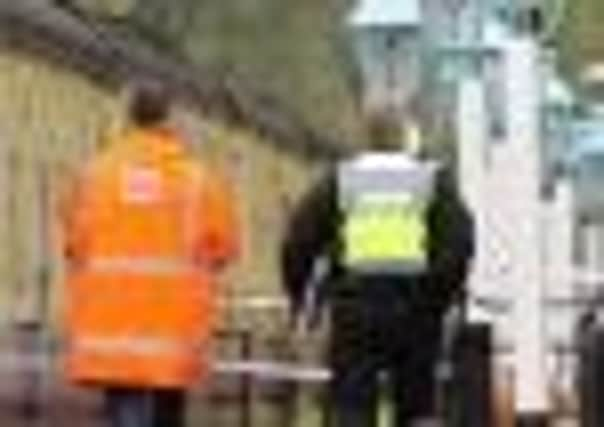Moors railway worker dies after train crush horror


Paramedics battled to save the 67-year-old man but he was pronounced dead at the scene of the accident at Grosmont station on the North Yorkshire Moors Railway yesterday afternoon.
Services on the route from Pickering to Whitby across the North York Moors National Park were suspended throughout yesterday.
Advertisement
Hide AdAdvertisement
Hide AdA railway spokeswoman expressed “deep sympathies and condolences” to relatives and friends of the victim, who has not yet been formally identified.
The spokeswoman said: “We are providing support to staff and volunteers who were at the station at the time of the incident, and we are participating fully with the authorities which are conducting the investigation.”
Officers from British Transport Police and North Yorkshire Police were called to Grosmont station at 12.30pm after reports of an incident involving a member of the railway’s staff. British Transport Police confirmed the Rail Accident Investigation Branch has also been informed.
A spokesman added: “Paramedics also attended but the man was pronounced dead at the scene. An investigation is currently establishing the full circumstances surrounding the man’s death.”
Advertisement
Hide AdAdvertisement
Hide AdIt is hoped rail services will resume from this morning, although a final decision had yet to be made last night.
The village of Grosmont is six miles from Whitby and is the northern terminus of the North Yorkshire Moors Railway, which carries more than 350,000 passengers a year and lays claim to being the world’s most popular heritage route.
The line has featured in films and television programmes, including Harry Potter and the Philosopher’s Stone and the now defunct ITV series Heartbeat.
There is an intersection at Grosmont between the heritage line and regular train services operating from Middlesbrough to Whitby.
Advertisement
Hide AdAdvertisement
Hide AdGrosmont owes its size to the discovery of ironstone in 1836 when the railway from Whitby to Pickering was being built.
The line was planned by George Stephenson as a means of opening up trade routes inland from Whitby. It fell victim in 1965 to Dr Richard Beeching’s infamous cutbacks to the rail network, but reopened again in 1973.
Research has shown that the railway brings in more than £30m a year to the local economy.